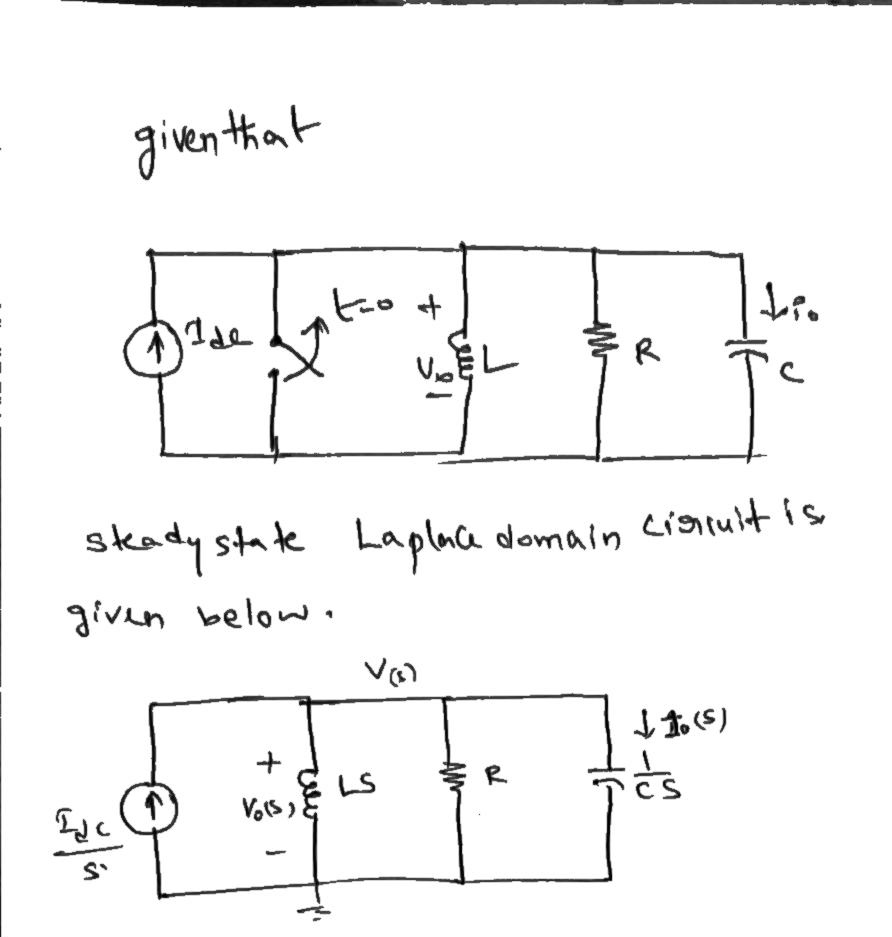12.27 There is no energy stored in the circuit shown in Fig. P12.27 at the time the switch is opened. In Section 12.6, we derived the integrodifferential equation that governs the behavior of the voltage vo. We also showed that the Laplace transform of vo is Ide/C ² + (1/RC)s + (1/LC) Use Vo(s) to show that the Laplace transform of i, is side s2 + (1/RC)s+ (1/LC) Vo(s) 1,(s) - Ide (1) www Figure P12.27 = 0 + VEL
Transfer function
A transfer function (also known as system function or network function) of a system, subsystem, or component is a mathematical function that modifies the output of a system in each possible input. They are widely used in electronics and control systems.
Convolution Integral
Among all the electrical engineering students, this topic of convolution integral is very confusing. It is a mathematical operation of two functions f and g that produce another third type of function (f * g) , and this expresses how the shape of one is modified with the help of the other one. The process of computing it and the result function is known as convolution. After one is reversed and shifted, it is defined as the integral of the product of two functions. After producing the convolution function, the integral is evaluated for all the values of shift. The convolution integral has some similar features with the cross-correlation. The continuous or discrete variables for real-valued functions differ from cross-correlation (f * g) only by either of the two f(x) or g(x) is reflected about the y-axis or not. Therefore, it is a cross-correlation of f(x) and g(-x) or f(-x) and g(x), the cross-correlation operator is the adjoint of the operator of the convolution for complex-valued piecewise functions.
Please write all steps clearly, thank you.


Trending now
This is a popular solution!
Step by step
Solved in 3 steps with 3 images









